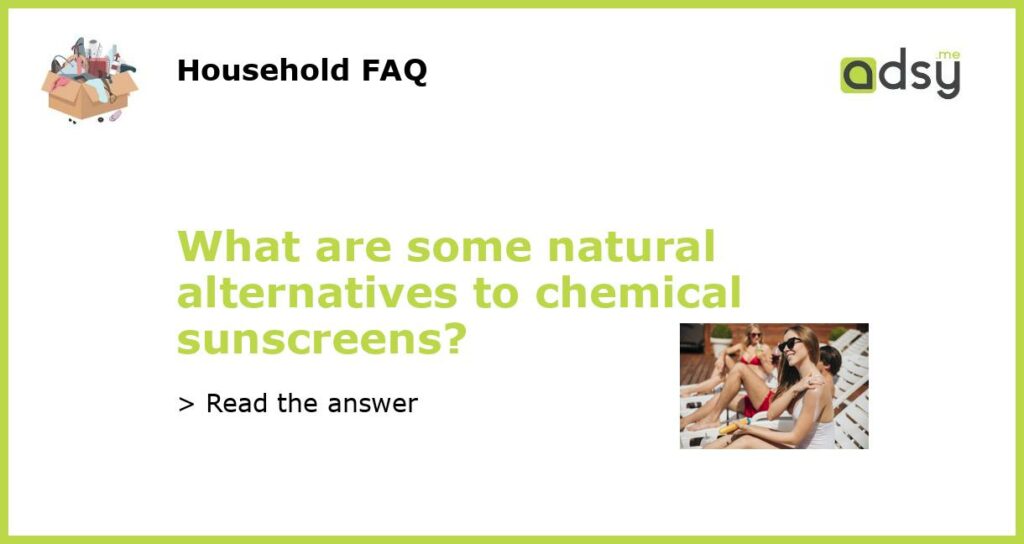The dangers of chemical sunscreens
Chemical sunscreens have become a staple in our daily skincare routines, offering protection from harmful UV rays. However, recent studies have raised concerns about the potential risks associated with these chemical-based products. Some common chemicals found in sunscreens, such as oxybenzone and octinoxate, have been linked to hormone disruption, allergic reactions, and even coral reef damage. As a result, many people are looking for natural alternatives to chemical sunscreens that provide effective sun protection without the potential drawbacks.
Zinc oxide and titanium dioxide
Zinc oxide and titanium dioxide are two natural mineral ingredients commonly found in physical sunscreens. Unlike chemical sunscreens, these ingredients work by sitting on top of the skin and reflecting UV rays, rather than being absorbed into the skin. This makes them less likely to cause skin irritation or trigger allergies. They are also considered reef-safe, as they do not harm coral reefs when washed off into the ocean. Physical sunscreens containing zinc oxide and titanium dioxide provide broad-spectrum protection against both UVA and UVB rays and are suitable for all skin types.
Antioxidant-rich oils
In addition to mineral sunscreens, certain natural oils have been found to offer some level of sun protection. These oils contain antioxidants, such as vitamin E and polyphenols, which can help neutralize the damaging effects of UV radiation. Some examples include red raspberry seed oil, carrot seed oil, and coconut oil. While these oils do not provide the same level of sun protection as sunscreen, they can be used as a complementary measure or as a natural alternative for minimal sun exposure.
Clothing and accessories
One of the most effective natural alternatives to chemical sunscreens is simply covering up with clothing and accessories. Wearing long sleeves, pants, and wide-brimmed hats can provide excellent protection from UV rays, especially during peak sun exposure times. Additionally, there are now specialized clothing and accessories available with built-in UV protection, commonly labeled with an Ultraviolet Protection Factor (UPF) rating. These items are designed to block out a significant amount of UV radiation and can be especially beneficial for those sensitive to sunscreen ingredients or looking to reduce chemical exposure.
Natural sunscreens and sunblocks
For those who still prefer the convenience of a sunscreen or sunblock, there are natural options available in the market. These products are formulated with plant-based ingredients, such as shea butter, coconut oil, and jojoba oil, to provide UV protection without the use of chemical filters. Additionally, they often contain soothing and nourishing ingredients like aloe vera and green tea extract to hydrate and calm the skin. It’s important to note that natural sunscreens should still be evaluated for their level of sun protection, as some may have lower SPF ratings compared to chemical sunscreens. It’s always recommended to choose a product with at least SPF 30 or higher and to reapply regularly for optimal sun protection.






